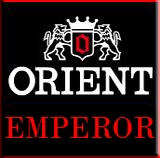|
|
|
KOENIG FERRARI TESTAROSSA TURBO COMPETION EVOLUTION
1:18 GT-SPIRIT (GT069)
Year/Anno : 1991
Color : Rosso / Red
My rating/Mio Voto : 83/100
Value for Money/Rapporto qualità prezzo : 76/100
Original price/Prezzo : €uro 105 (2016)
Materiale: Resin/Resina
Limited: 2000 Pezzi/Pieces
Clicca il banner in alto per tornare alla Homepage e visionare altri modelli.
Click on the banner on the top of this page to return at the Homepage and see all the other models of my collection.
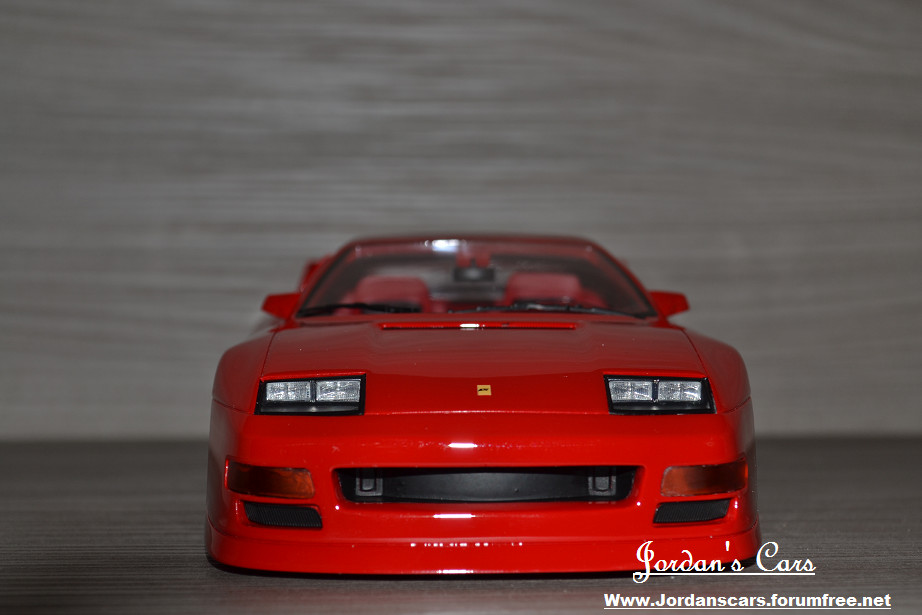
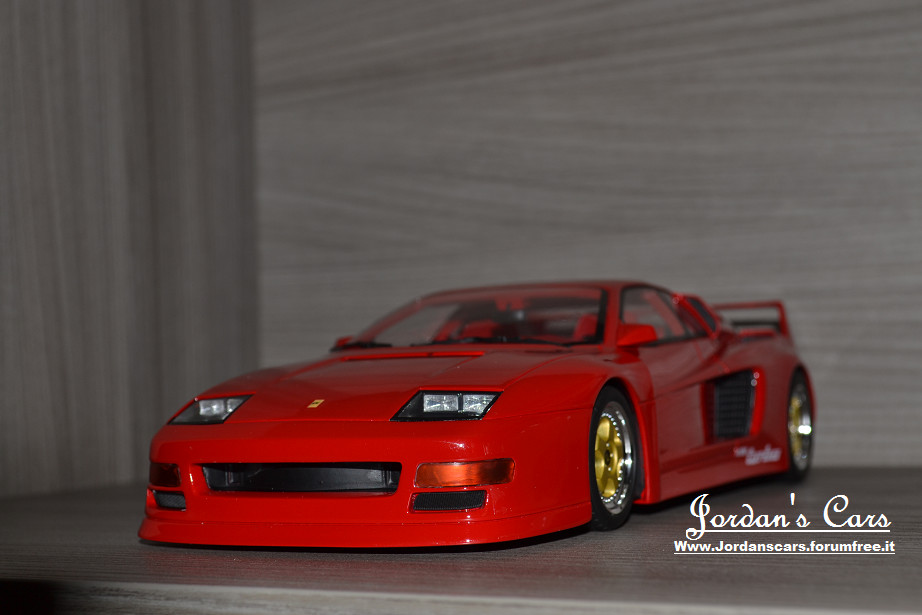
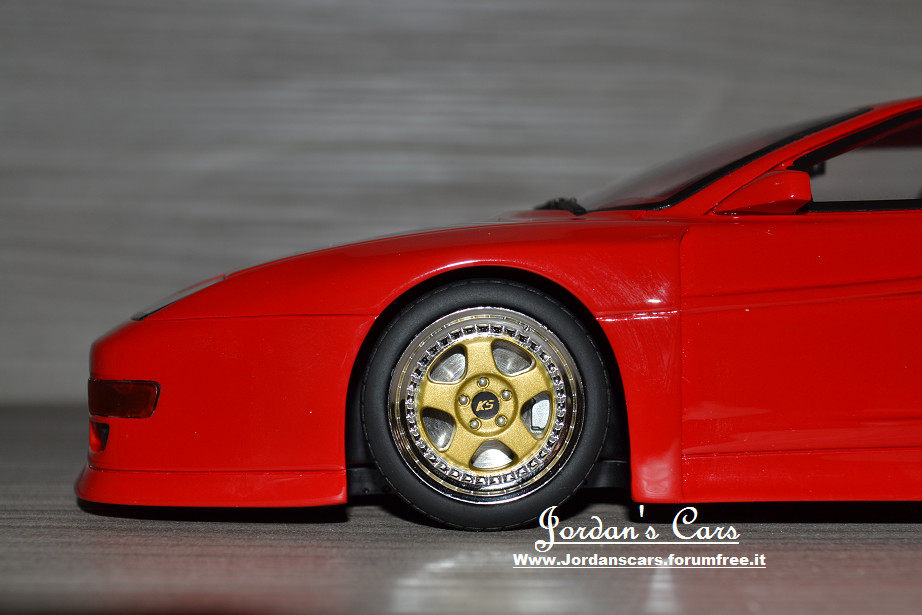
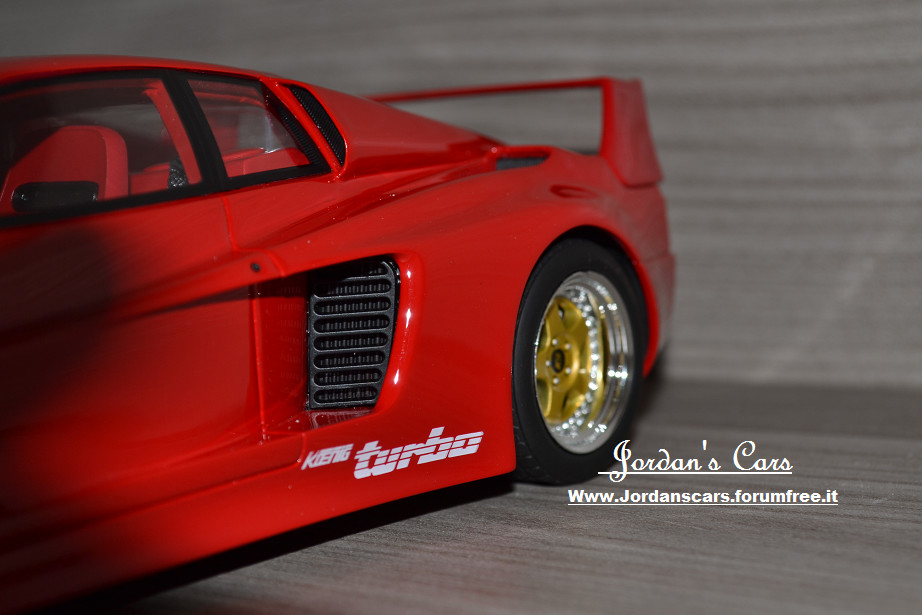
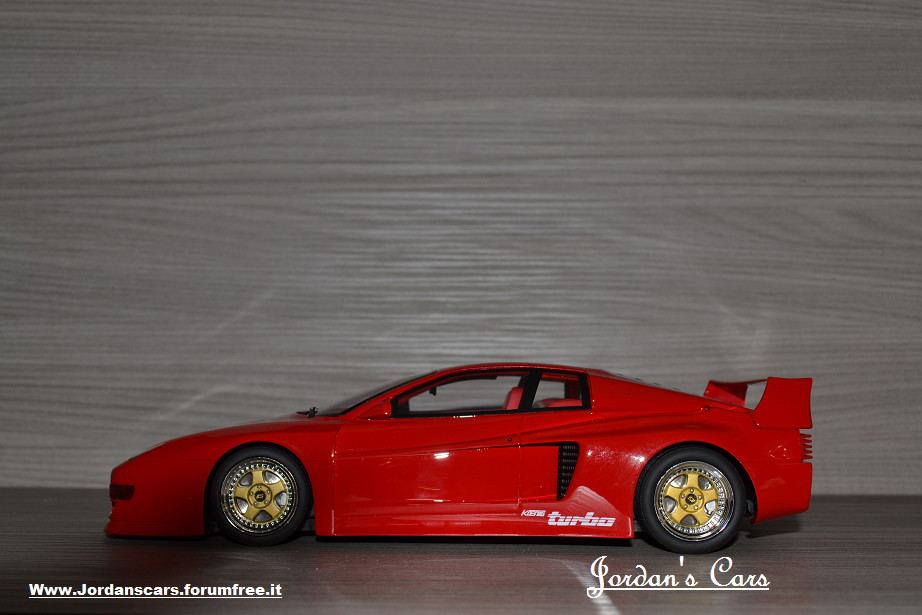
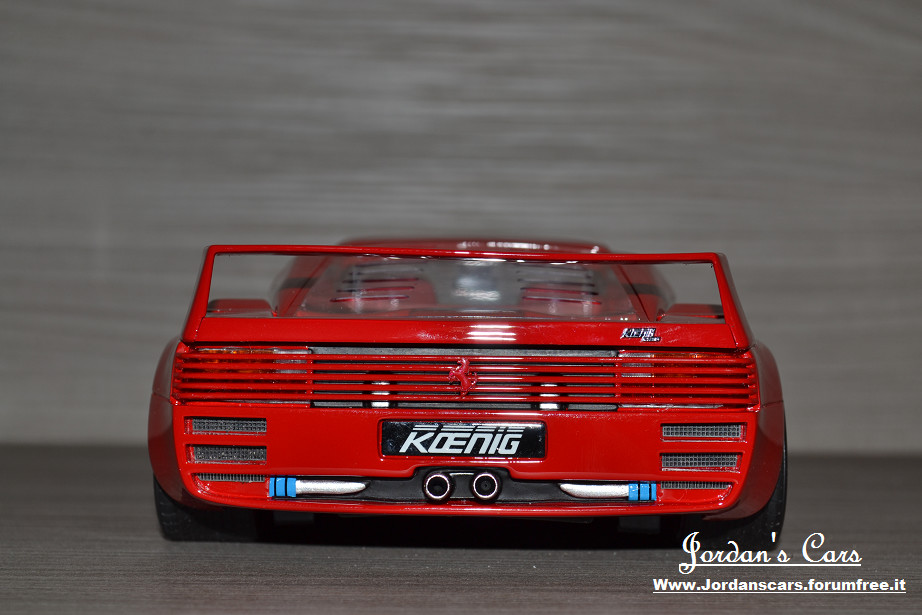
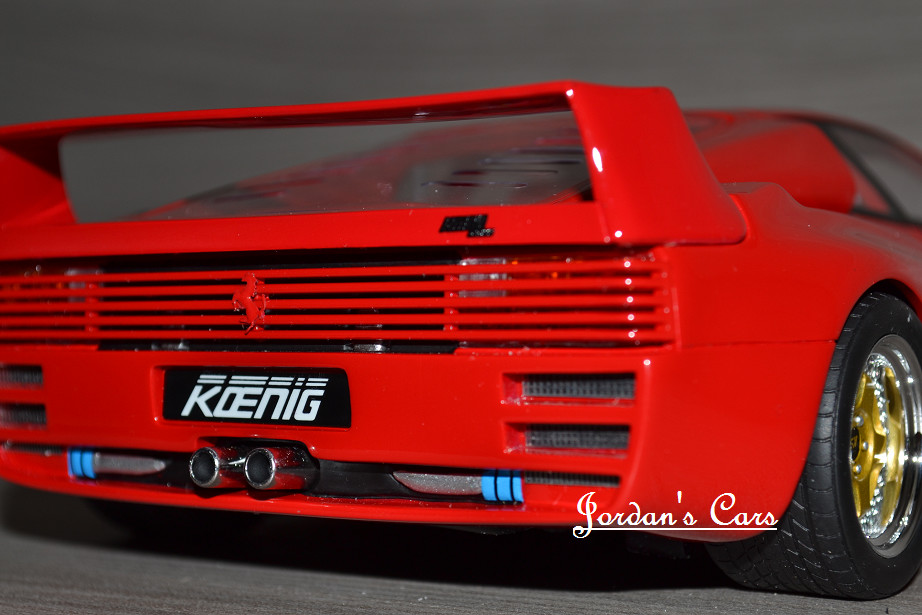
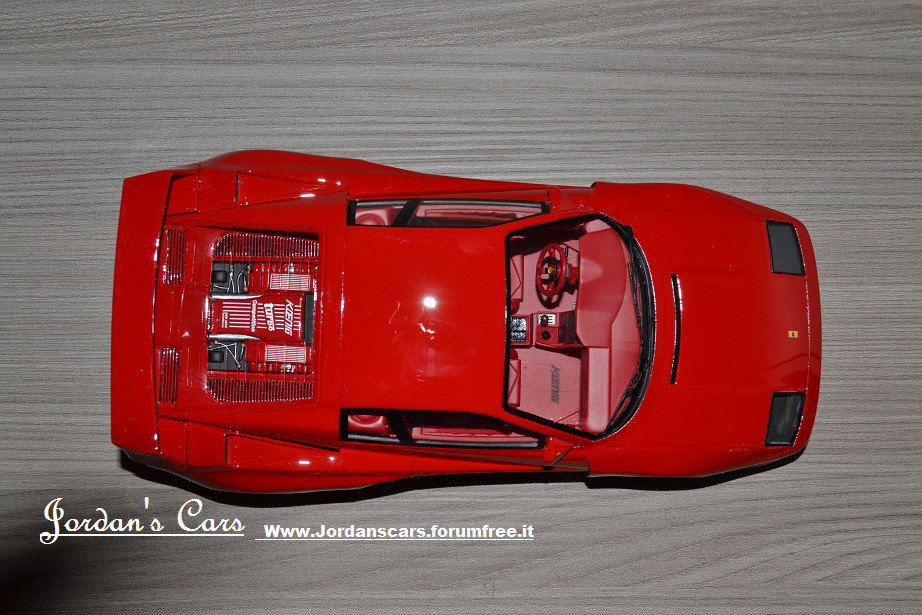
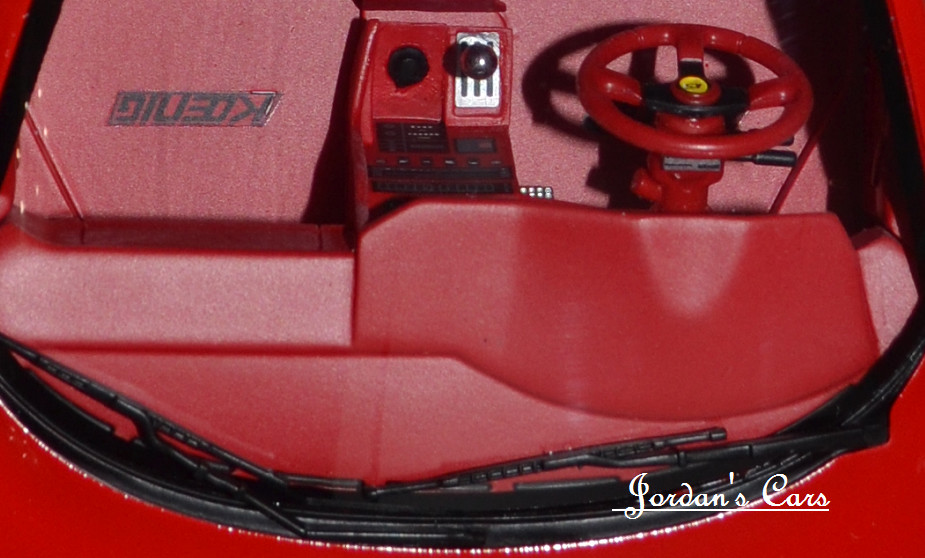
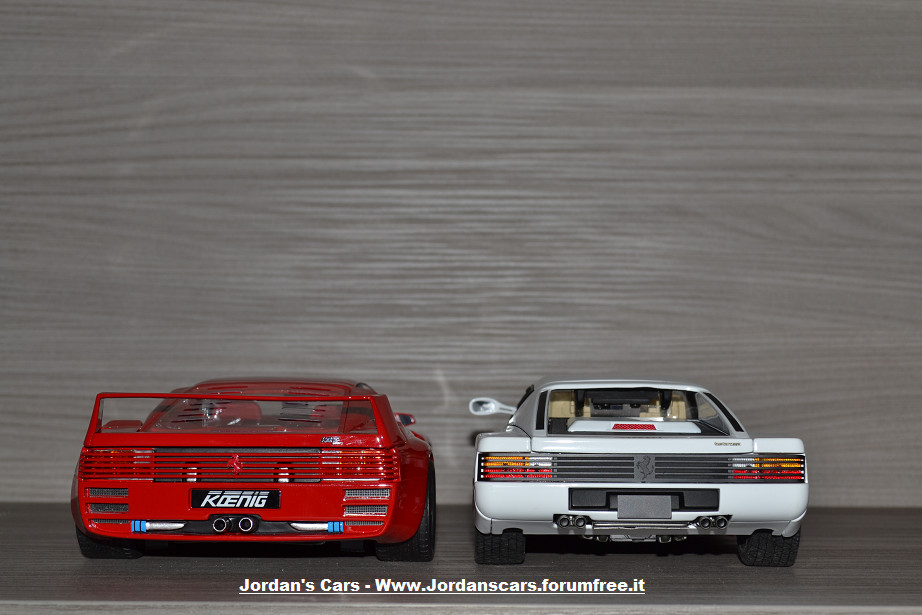
Storia dell'auto(from Wiki):
Koenig Specials GmbH (known widely as Koenig) is a German tuning house based in Munich that specialised in modifications to European luxury cars but gained notability in the 1980s and 1990s for their performance modifications to Ferraris. Some of its most notable works included a twin-turbo Ferrari Testarossa (known as the Koenig Competition) that produced 1,000 bhp, a highly unusual output for cars at the time, as well as the 850 bhp Ferrari F50. Koenig also entered into automobile production with its road-going version of the Porsche 962 known as the Koenig C62, therefore becoming the first road-legal Group C-based car.
Many of its cars have been featured in non-German mainstream publications such as Road & Track, Top Gear and Sports Car International. Car magazine described its Competition Evolution as "the most famous modified supercar of the 1980s".
Willy König, sometimes spelt as Willy Koenig was born on February 2, 1938. He originally became wealthy from publishing, and was able to afford race cars to race. He began his racing career in 1961 with a Formula Junior Cooper that he acquired from the Formula One driver Wolfgang von Trips.
One of his early motorsport achievements included winning the Deutsche Bergmeisterschaft (German Hillclimbing Championship) in 1962 with a Ferrari 250 GT SWB Berlinetta under the pseudonym Robert Frank. As a result, he was invited personally by Enzo Ferrari to an event held in his honour at Maranello.
Up until the end of the decade, König raced a variety of cars including the Lola T70, various Fiat Abarths, Borgward Isabella TS and Ford GT40.
He retired from professional racing after 1969 to devote more time to his business; he then raced occasionally in club meetings and later sold his printing business to focus on his thriving car tuning business.
In the late 1980s, he raced the BMW 320i Turbo and the BMW M1 Procar with his son, Walter. As well, he won the domestic Spezial-Tourenwagen-Trophy (de) in 1990 with his Porsche 935 K3 and competed in the Interserie with a Porsche 962. He additionally survived a 250 km/h crash at the Rindt Kurve during a test drive at the Österreichring in his 935 K3.
The foundation of Koenig Specials began in 1974 when Willy König bought one of the first Ferrari 365 GT4 BBs in West Germany, but was dissatisfied with its performance in comparison to the sports car racers he was accustomed to. His work eventually became so popular that when he attended Ferrari events, he was commissioned by other owners to carry out similar work for them once they learned that his car had been modified. His work initially began with addition of factory parts or parts copied from other racing cars, such as rear spoilers, wide wheels, three-plate clutches, and high performance exhausts.
Koenig's hobby grew, and it eventually became a business in 1977 with an aim to make Ferrari a "proper sportscars [sic] again". One of the early modifications offered consisted of a spoiler with crudely tacked on rear wheel arch extensions[9] The company was named Koenig because there was a large German Ferrari dealer known as Konig (Auto-König), in addition to avoiding Anglicization of the name.
Additionally, he offered three different options for the Ferrari 365/512BB, a high performance exhaust that produced a quoted 370bhp; the addition of a high performance exhaust camshaft producing 400bhp and a quoted 450bhp for special pistons, modified cylinder heads, and rejetted carburetors, which was good for 4.5 seconds from 0–60 mph. If this wasn't enough for the owner, Koenig offered a twin-turbo conversion that consisted of a pair of Rajay turbos and intercoolers, which produced a total of 620bhp. The 365/512BB required a modified suspension and 9" front/13"rear wheels with uprated brakes to handle the power. With a large spoiler and every body panel (with the exception of the roof and upper front bodywork) replaced, the car was able to reach a claimed 0–60 mph in 3.9 seconds and a top speed of 206 miles per hour (332 km/h).
As well, Koenig also offered heavy duty fiberglass wide bodykits, which was popular for cars of the time. Perhaps Koenig's most notable project was their work on the successor of the 512BB, a modified version of the Ferrari Testarossa that debuted in the 1985 Frankfurt Motor Show. It produced 710bhp, 320bhp over a stock Testarossa. This was followed up by the 800bhp Competition (1988) that was good for 217 miles per hour (349 km/h); its convertible version, the Competition Cabrio (1989), although being less powerful, was good for 198 miles per hour (319 km/h). As Ferrari never offered a convertible because of the required significant amount of strengthening in the chassis required to make up for the lack of upper structure, the conversion cost US$55,600 (equivalent to $106,140 in 2015) alone. For those who wanted extra power, there was the Competition Evolution that was said to claim a top speed of 230 miles per hour (370 km/h) and an estimated 0 to 60 mph in 3.5 seconds. Koenig would also re-trim the interior to suit the client's specifications. The car's overall cost, including car with fully re-trimmed leather interior and a 1000w 16-speaker Kenwood audio system was reported to cost US$595,900 (equivalent to $1,079,329 in 2015).
Some of its notable modifications included a Ferrari F40 capable of producing 750bhp, a single turbo 400bhp Ferrari 308, a twin-turbo 850bhp F50 and a Porsche 911 with headlights and taillights from a 928 and Audi 200 respectively.
Koenig's regular collaborators included engine tuner Franz Albert (de) and Vittorio Strosek (de), who specialised in widebody kits. Its other outside collaborators included H&R (suspension) and later in the 1980s, OZ (wheels).
The company additionally branched out into other makes of vehicles, such as Mercedes-Benz, Jaguar, Porsche and Lamborghini.
The company branched out into car production with a replica of the Porsche 962, as a result, it became the first road-legal Group C/IMSA GTP type car.

Related models/Modelli correlati:
FERRARI F40 COMPETIZIONE ---> https://jordanscars.forumfree.it/?t=69085977
FERRARI TESTAROSSA ----> https://jordanscars.forumfree.it/?t=69151683
Edited by xJORDANx - 12/7/2016, 16:56
|
|

















